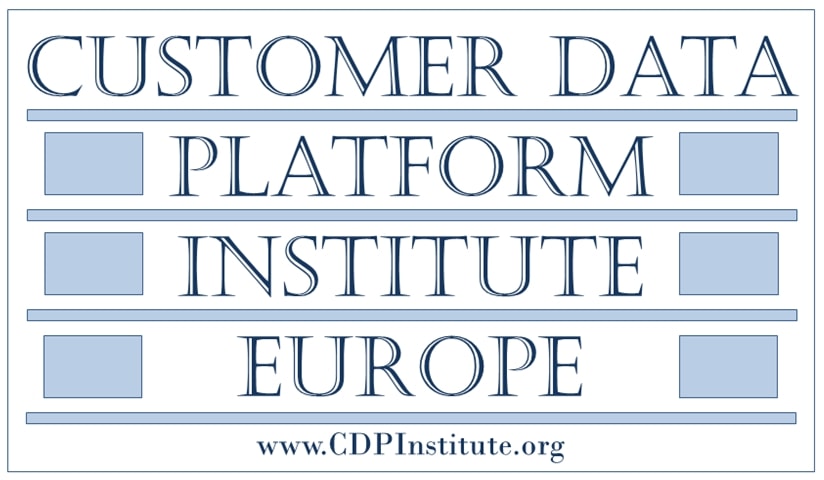
SWARTHMORE, PA, U.S.A., 8-Aug-2019 — /EuropaWire/ — The Customer Data Platform Industry continued its rapid growth in the first half of 2019, according to the CDP Institute’s semi-annual Industry Update. The industry added nineteen vendors and raised $317 million in new capital during the period while employment was up 71% over the previous year.
Major shifts in the market included expansion in Europe, EMEA, and APAC. Fifteen of the nineteen new CDP vendors are from outside the U.S. The Institute also confirmed its projection for the CDP industry to reach the $1 billion revenue in 2019.
Other milestones the report were:
- More Funding. Cumulative funding for the industry grew by $680 million, reflecting funding during the period plus previous funding for vendors just entering the industry.
- Strategic acquisitions. The period saw two CDP acquisitions: data integration specialist Allsight by Informatica and B2B CDP Lattice Engines by Dun & Bradstreet. Neither buyer is primarily a marketing system vendor, illustrating the value that companies in related sectors now see in CDP functions.
- Operational CDPs. The period also saw addition of three vendors with a primarily operational focus: two customer success systems (Gainsight and Totango) and one in healthcare (Healthgrades). These firms represent the leading edge of a new class of CDP vendors that is expected to grow rapidly.
- Marketing Cloud entrants. Salesforce, Adobe, and Oracle all announced future CDP products that are expected to be available before the end of 2019. These attracted new attention and are expected to substantially expand CDP awareness and adoption.
Vendor Categories
The CDP Institute report groups CDP vendors into three categories based on the functions provided by their systems. Categories are:
- Access. These systems gather customer data from source systems, link data to customer identities, and store the results in a persistent database available to external systems. This is the minimum set of functions required to meet the definition of a CDP.
- Analytics. These systems provide data assembly plus analytical applications. The applications always include customer segmentation and sometimes extend to machine learning, predictive modeling, revenue attribution, and journey mapping. These systems often automate the distribution of segment lists to marketing automation or advanced analytics products.
- Campaigns. These systems provide data assembly, analytics, and customer treatments. These treatments may be personalized messages, real time interactions, product or content recommendations, outbound marketing campaigns, customer journey orchestration, or other contacts. What distinguishes them from segmentation is they also specify the message to be delivered.
SOURCE: EuropaWire
